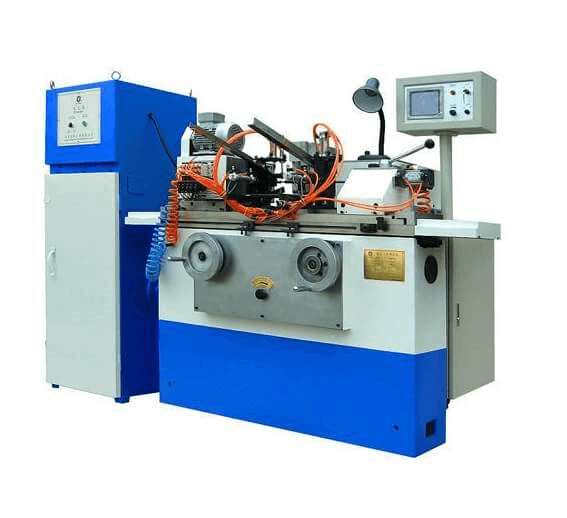Conventional machines are controlled by human operators. The machine control involves feed movements, positioning and
sequencing etc. Due to repeated operations and environmental influences, there is an uncertainty in the quality and reliability of parts produced. A numerically controlled machines tool is the one that is controlled by numbers.
The instructions are coded as a program and fed into the main controller, where they are stored, interpreted and changed into signals which can be understood by the machine tool. The signal controls all machine operations except loading and unloading of workpiece, and starting and stopping of machines.
Functions of the Numerically Controlled Machines
- Controlling of machine slide positions
- Controlling of spindle speed
- Controlling of direction of rotation
- Controlling of feed rate
- Controlling of direction of feed movement
- Controlling of coolant flow
- Controlling of sequence of machining operations
- Selection of cutting tool for each operation.
Limitations of Conventional NC Machine Tools
Earlier focuses in the development of NC machine tools were concentrated on machines to do the operations programmed. More time was spent in material handling for the following purposes:
- to reposition the workpiece manually to machine all surfaces.
- to change the tooling manually.
Machining Centers
The limitations of the conventional NC machine tools lead to the development of NC machining centers. Machining center has the ability to finish the parts in a single setting. The workpiece is located on an indexing table to provide access to more than one surface. Machining centers are provided with tool magazine or tool drum where the required tools are stored. It is also provided with a tool changing arm called Automatic Tool Changer (ATC) which transfers the tool from the tool storage to the machine spindle.
Advantages of Machining Centers
- After initial setup, additional setup time is eliminated.
- Since machining center performs more variety of operations in a single setup, transfer of workpiece from machine to machine is eliminated.
- Because of the above reason, only one work holding fixture is sufficient.
- Setup time is reduced.
- Automatic tool changer reduces the tool changing time.
- Indexing table reduces the workpiece repositioning time.
- It reduces human intervention facilitates the prediction of machining time.
- More accurate parts can be produced.






